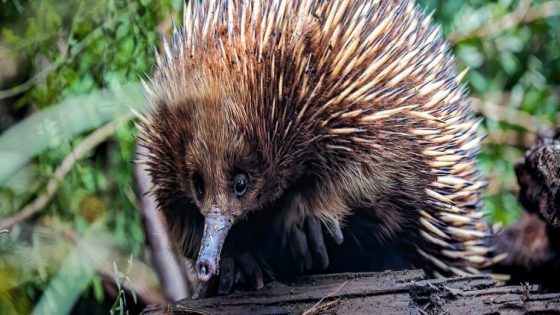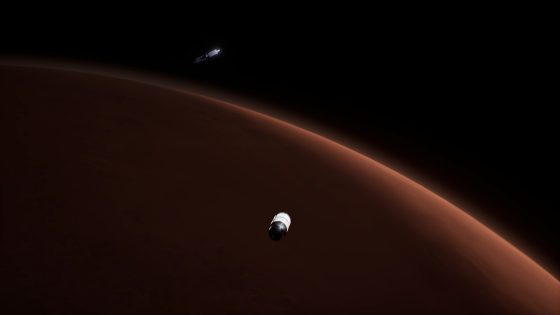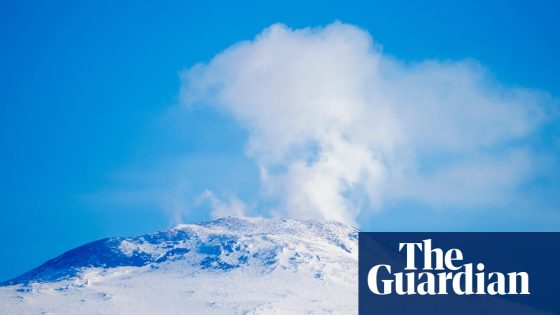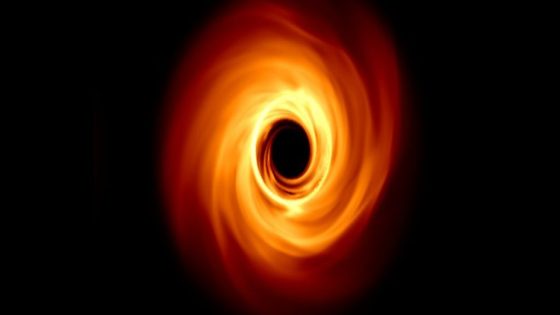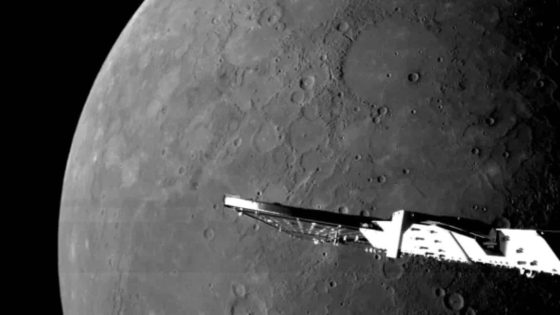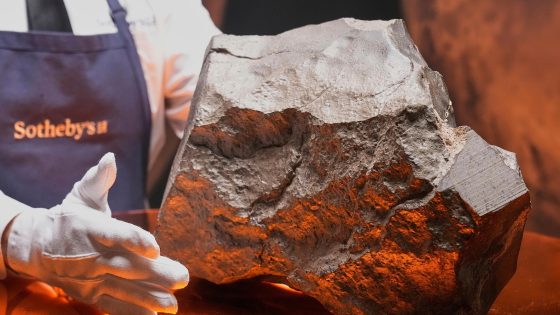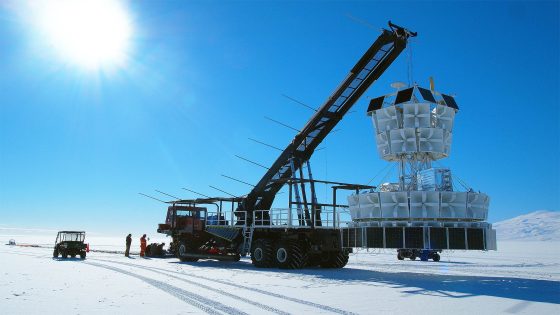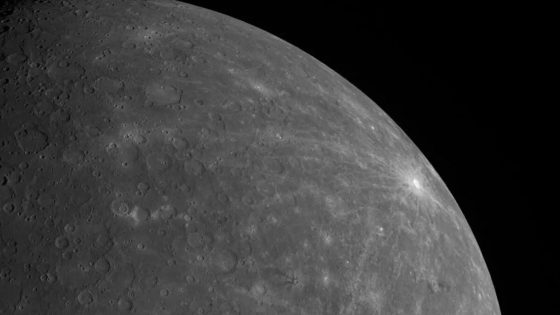Ant-eating mammals have evolved distinct adaptations at least 12 times since the dinosaurs vanished 66 million years ago. This fascinating phenomenon highlights the remarkable role ants play in shaping evolutionary paths.
- Ant-eating evolved multiple times in mammals.
- Convergent evolution leads to similar adaptations.
- Ants have a massive global biomass.
- Myrmecophagy includes diverse mammal species.
- Research maps dietary habits of mammals.
- Ants influence evolutionary trajectories significantly.
Research conducted by biologists from the University of Bonn and the New Jersey Institute of Technology reveals that these adaptations follow a strikingly similar blueprint across various unrelated mammal groups. As noted on 2025-07-18 16:01:00, this convergence underscores the ecological significance of ants in the animal kingdom.
This raises intriguing questions about how ecological niches influence dietary habits. Why do certain mammals specialize in ant consumption, and what does this mean for their survival? Consider these points:
- Convergent evolution leads to similar adaptations in unrelated species.
- Ants constitute a massive biomass, influencing various ecosystems.
- Specialized diets can reveal deeper evolutionary connections.
As we continue to explore these evolutionary dynamics, understanding the intricate relationships between species can pave the way for future research and conservation efforts.



